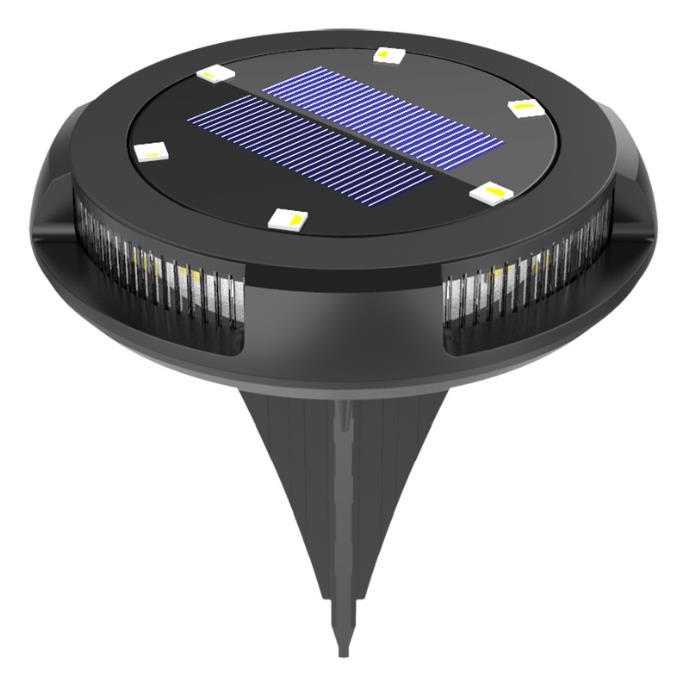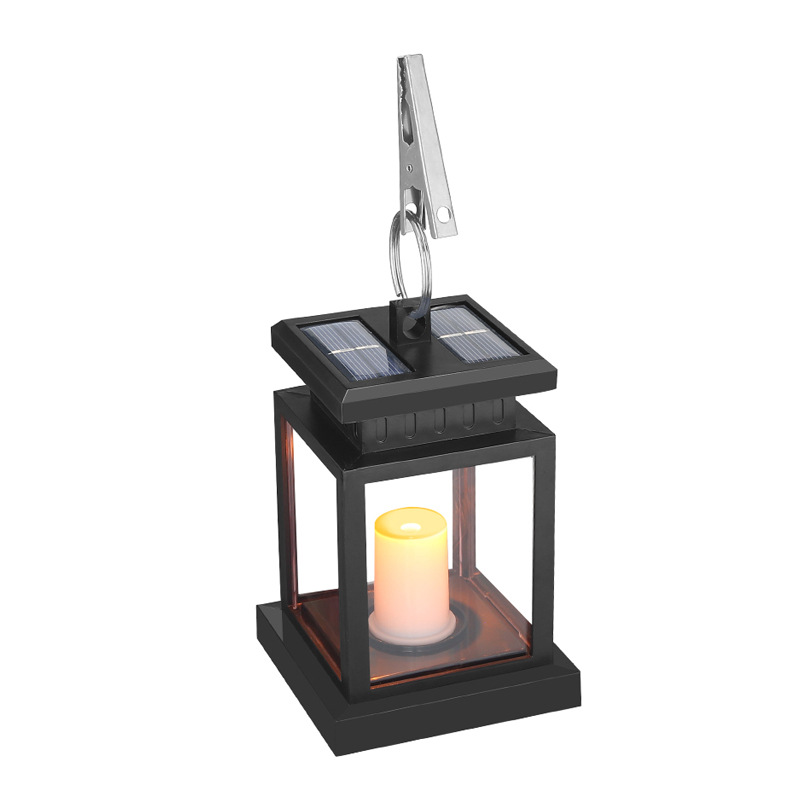Tesla’s Virtual Power Plant program, a way for Powerwall owners to make money selling energy to the grid in times of need, is rolling out to San Diego Gas & Electric utility customers now.
SDG&E announced late last month the start of its own virtual power plant (VPP) program which would leverage household backup batteries and smart devices to reduce demand and increase supply of electricity to the grid during “demand response” events – when the grid is stressed and needs to spin up extra capacity to keep the lights on. Solar Tent Emergency Light

However, Tesla’s program is separate from SDG&E’s, even though it’s part of the same service area.
Demand response events are often expensive, because the price of a blackout is high, and the price of marginal electricity generation (often via gas peaker plants) is costly both economically and environmentally. During last year’s record heat wave, the wholesale spot price of electricity got as high as ~$2,000/MWh in parts of the state (as of the writing of this article, the price is currently ~$49/MWh).
A home or business with access to energy storage might want to leverage that storage by buying electricity while it’s cheap, and then discharging it to the grid while it’s very expensive. While this is possible on a home-to-home basis by arbitraging cheap off-peak energy and using it during on-peak times, it isn’t really great for widespread grid events unless several home storage systems can be joined together.
Enter the VPP, which combines thousands of internet connected devices across a wide area and manages them all together in order to make a significant difference on the grid in times of need.
SDG&E has been running its own pilot VPP program since December, which has been tested 17 times. Participants get a message that a demand response event is coming and can choose to opt-out for certain devices (for example, to keep their air conditioning running at full blast). SDG&E says that the opt-out rate has been very low so far, suggesting that participants are happy to do their part when the grid is in need.
We saw similar behavior statewide in California last year when the grid faced its highest level of demand ever recorded on an exceptionally hot day. California’s grid operator sent out a text message to everyone in the state asking them to conserve energy, and Californians reduced their energy use by multiple gigawatts in mere minutes, thus saving the grid from overloading statewide.
But with a virtual power plant, participation doesn’t need to be voluntary, it can be automatic (for those who have signed up). And in exchange for the valuable benefit of helping to avoid blackouts by adding electricity to the grid when it is most expensive, VPP participants can be paid for their service.
We’ve already seen this happening with one of the largest and earliest VPPs out there, Tesla’s VPP in Northern California, in the service area of Pacific Gas & Electric. We saw participants receive checks of up to $575 for their first year of participation in the program.
Tesla’s VPP program has been growing. Last time we checked in last year, it was capable of providing 50 MW across California, which is about as much as one average gas peaker plant (the state has about 7GW of gas peaker capacity total). This was right after Tesla opened up the program to SoCal Edison customers.
As of now, the site we were using to track growth has changed its measurements a little, but it looks like the system can provide ~116MWh of potential backup energy – so as much as running two gas peaker plants for an hour or so.
And as of now, Tesla Powerwall owners in San Diego can join the Virtual Power Plant program by enrolling through the same Tesla app which they use to manage their Powerwall.
All owners need to do is open up their app to the Powerwall page and tap on the “Virtual Power Plant” item, which should be at the top of the list, as seen below:
Tesla will provide an estimate of how much you can earn by participating in the program, based on the size of your system and your standard usage. Of course this is just an estimate, and you can always change your settings or usage to try to maximize this number, especially on days where demand response events are likely (e.g., hot days in California, which tend to stress the grid the most due to overuse of air conditioning).
In addition to California’s struggles with hot weather events (which are worsening due to climate change), SDG&E has rather wide time-of-use rates, with super off-peak rates of 24 cents per kWh, raising as high as 70-80 cents during on-peak times. This makes Powerwalls more attractive due to the possibility of energy arbitrage – and even more attractive during demand response events, where effective wholesale rates can go much higher than that.
Tesla also is also working on rolling out VPPs to Texas and Puerto Rico, and has another massive VPP in South Australia, an area which has been struggling with electricity issues for years now.
FTC: We use income earning auto affiliate links. More.
Subscribe to Electrek on YouTube for exclusive videos and subscribe to the podcast.
Tesla is a transportation and energy company. It…
Jameson has been driving electric vehicles since 2009, and has been writing about them and about clean energy for electrek.co since 2016.
You can contact him at jamie@electrek.co

Wholesale Solar Lantern Lights Suppliers Use our Aptera Referral Code for $30 off a reservation for the upcoming Aptera electric vehicle.